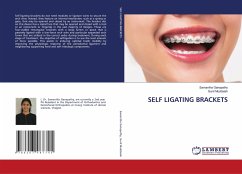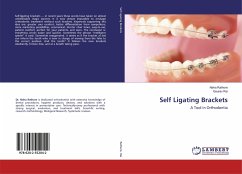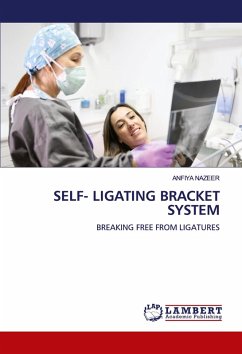Self ligating brackets do not need modules or ligature wires to secure the arch wire; instead, they feature an internal mechanism, such as a spring or gate, that may be opened and closed by an instrument. The bracket slot on this device has a metal face that may be opened and closed with a tool or an instrument or fingertip in the vast majority of designs. These are four-walled rectangular brackets with a large lumen or space that is passively ligated with a low-force arch wire and particular expanded arch forms that are utilized in the correct order during treatment. During each stage of treatment, the objective of self-ligation is to use the least amount of force possible. This assists in inducing optimal tooth mobility by improving the physiologic response of the periodontal ligament and neighboring supporting hard and soft histologic components.
Bitte wählen Sie Ihr Anliegen aus.
Rechnungen
Retourenschein anfordern
Bestellstatus
Storno








